#cranesville swamp preserve
Photo




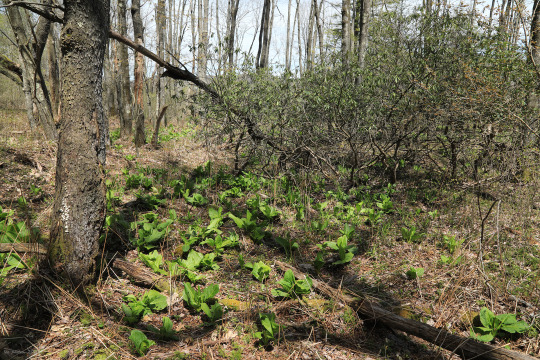
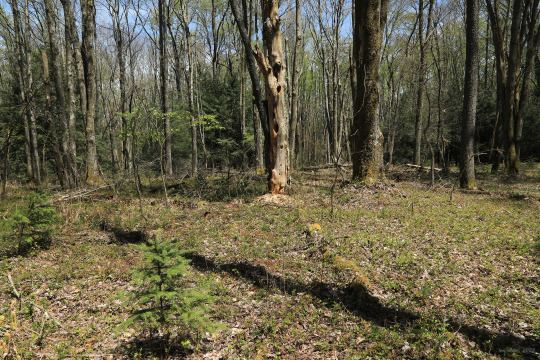


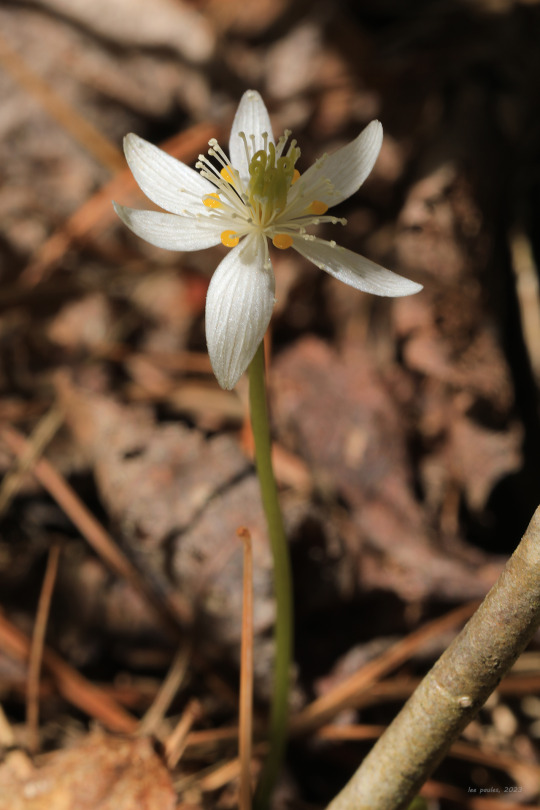
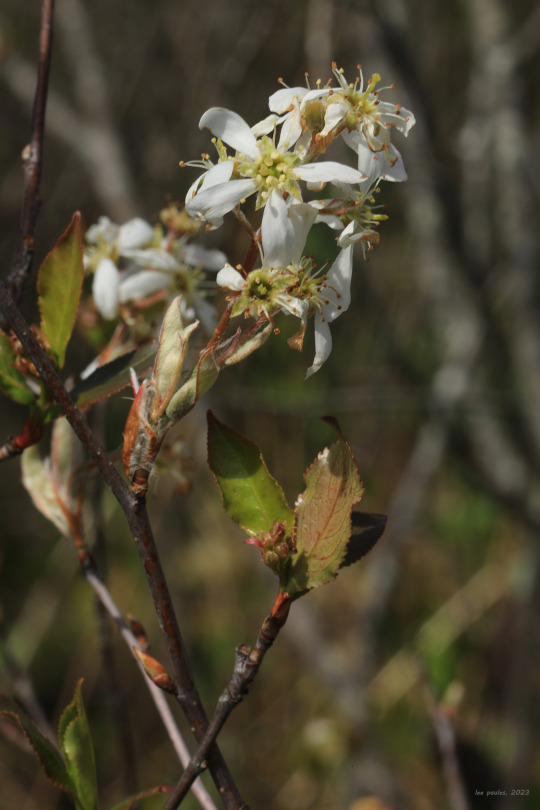
Winter made an encore appearance to the Central Appalachians this past week, with some locations above 3000 feet receiving a foot or more of snow. By Friday, all that nasty cold and freezing precipitation had moved out and spring returned with a vengeance today, with temperatures in the upper sixties to low seventies. It was a perfect day to explore the ancient sphagnum bog at Cranesville Swamp Preserve, whose boreal wetlands community owes its existence to the cool temperatures provided by the frost pocket in which it nestles. From top: small cranberry (Vaccinium oxycoccos) and eastern teaberry (Gaultheria procumbens) grow from a sphagnum hummock; lowbush blueberry (Vaccinium angustifolium); eastern skunk cabbage (Symplocarpus foetidus) growing in a damp spot near the bog’s edge; fringed polygala (Polygaloides paucifolia); dwarf ginseng (Panax trifolius); goldthread (Coptis trifolia); and downy serviceberry (Amelanchier arborea).
#appalachia#vandalia#west virginia#maryland#spring#may#allegheny mountains#bog#peat bog#shagnum#cranesville swamp#cranesville swamp preserve#small cranberry#eastern teaberry#lowbush blueberry#eastern skunk cabbage#fringed polygala#dwarf ginseng#goldthread#downy serviceberry#flora#wildflowers
97 notes
·
View notes
Text
cranesville swamp nature preserve #potomacsweep #wetlandsweep
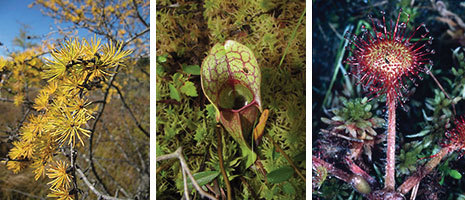

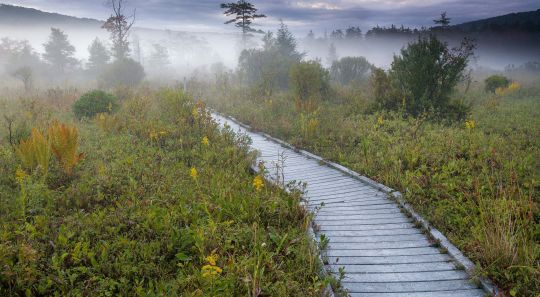

10 notes
·
View notes
Photo


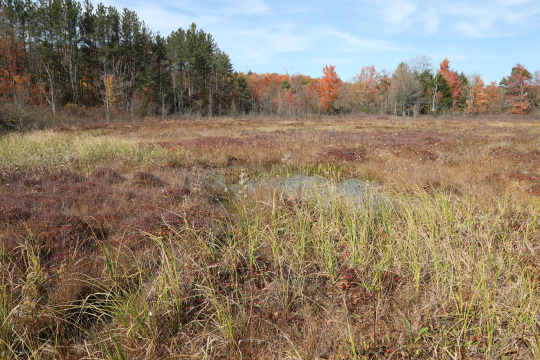
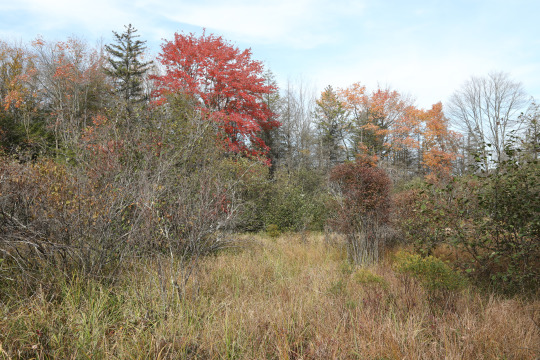





Last Friday morning, I took a short hike through Cranesville Swamp, which straddles the border between West Virginia and Maryland in the Allegheny Mountains. The Nature Conservancy protects the swamp and its precious sphagnum bogs as part of the Cranesville Swamp Preserve. The day’s soft, vibrant sunlight coaxed a memorable glow from the preserve’s many natural treasures.
#appalachia#vandalia#west virginia#maryland#allegheny mountains#cranesville swamp#cranesville swamp preserve#the nature conservancy#sphagnum#peat bog#fall#autumn#leaf color
15 notes
·
View notes
Photo

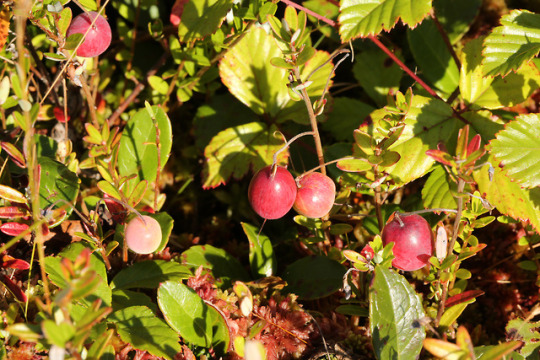

In the cold sphagnum bogs of Appalachia's higher mountains, small cranberry (Vaccinium oxycoccos) sends out delicate, vine-like stems with small, leathery leaves that root where they come into contact with the damp peat. A trailing perennial shrub in the heath (Ericaceae) family, the plant is found throughout the Northern Hemisphere and as far south as the mountain bogs of West Virginia and Virginia in Central Appalachia. Small cranberry forms fragile, drooping pink flowers in the spring. These flowers are replaced by lustrous red berries from late August through October; they contrast sharply with the dull-brown-red sphagnum of late autumn. The edible berries have a familiar, sweet-tart flavor and were once favored by Native Americans as an accompaniment to wild game. The above photos were taken along the South Prong Trail in the Red Creek Plains of the Monongahela National Forest and the Cranesville Swamp Preserve.
#appalachia#vandalia#west virginia#fall#autumn#berries#perennial#shrub#heath#ericaceae#small cranberry
20 notes
·
View notes